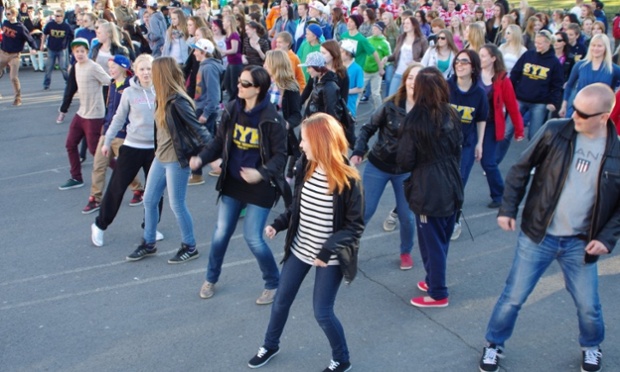
A physically active childhood – an international perspective

20 May 16 |
The childhood obesity epidemic is being tackled head on around the world, including here in Scotland (See the Daily Mile on page 7). In many countries, national or statewide programmes have been developed, not just concentrating on PE lessons but looking at ways physical activity can be built in to more academic lessons and the structure of the school day. The Finnish approach introduced several short breaks throughout the school day to reduce sedentary time with the hope that this would influence out of school activities and even later life approaches to sedentary behaviour. Pupils might be asked to stand up to discuss what they have learned so far, or do some short exercises before carrying on working. Some classrooms are completely chair free, with standing desks only. In Ireland, children are encouraged to stay active in academic lessons e.g. using invisible skipping ropes in maths to skip and count to the answer of a sum.
British Columbia introduced free play to their PE lessons which embraces the chaos of lots of children playing at once instead of the more structured ‘everyone takes a turn’ approach. Spin off benefits to this approach include lowered anxiety levels and improved body image which may go some way to addressing why teenage girls especially fall out of physical activity.
Many countries have encouraged children to take ownership of their physical activity, planning games and activities for their peers and have provided the resources for them to experience a wider range of activities than before.
- British Columbia http://www.actionschoolsbc.ca/
- Ireland http://activeschoolflag.ie/
- Finland http://www.liikkuvakoulu.fi/in-english
- America http://www.letsmoveschools.org/
This article was originally published in the SCPN Newsletter Volume 7, Issue 2. Read the full issue here, or read the digital edition below (great full screen on mobiles).

The SCPN Newsletter: Volume 7, Issue 2
In our second issue of 2016, Scotland's new cancer strategy, human rights and cancer prevention, the updated Eatwell guide, as well as the usual breakdown of cancer prevention research and news from the Scottish Cancer Prevention Network.